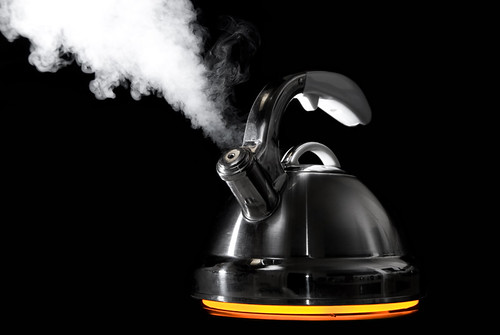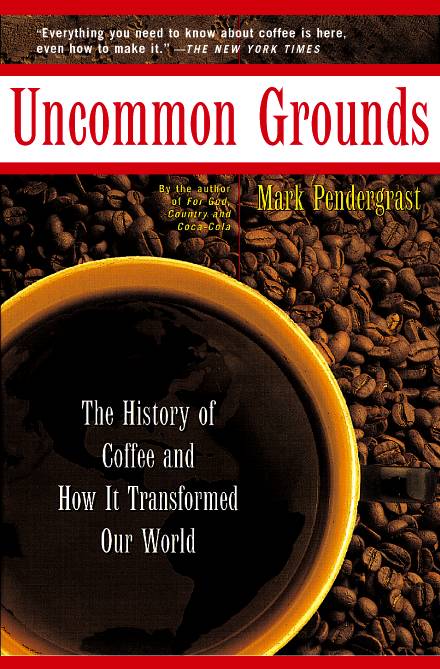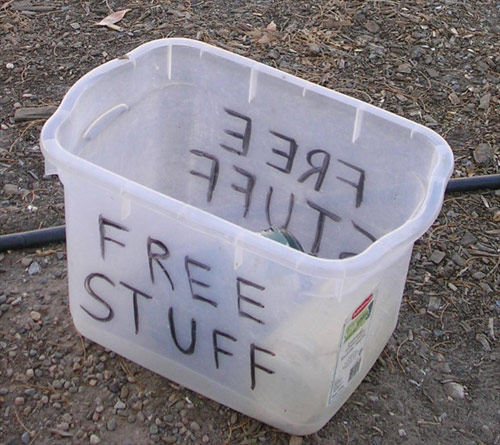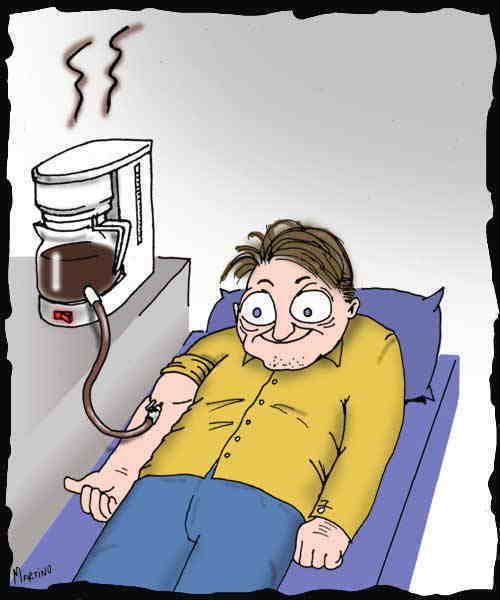You're the cream in my coffee,
You're the salt in my stew You will always be my necessity,
I'd be lost without you.
So croons Nat King Cole in his version of the 1928 broadway hit. Although the words are meant for an anonymous lover--or would be lover, as the case may be--the emphasis on cream in coffee being necessary is clear. Quite simply, the speaker would be lost without it.
A past inclination of mine has been to say, then, that a person should simply get lost if they think coffee needs cream. Which, frankly, was a little unfair of me. While cream does neuter a coffee's bite and flavor, there are situations in which that might not be the worst thing--say you've got an exceptionally bitter french roast, for example.
And believe it or not, a tiny dollop of cream can, in fact, enhance certain flavors in certain coffee. The blueberry notes in an Ethiopian Yirgacheffe or the honey nut strains in a quality Columbian can be accentuated by cream to the point where the coffee takes on a dessert-like quality.
Notice I did say a dollop here--a full on pour will hide any coffee flavor behind a veil of dairy. If that's what you want, that's your prerogative. Just don't say you like coffee--that's all I ask. Say, instead, that you like coffee flavored dairy. Which is not necessarily the worst thing. A breve latte--that is, a latte prepared with half and half instead of milk--can be a rich treat for the hearty palate.
So from a taste standpoint, cream in coffee is of course a matter of personal preference (but do try and use it in moderation). But what about all those calories? Wouldn't you be better off going for the skim milk or--even better!--the non dairy creamers? You could even find some that are non-fat!
This is where the matter shifts away from taste preference, and moves to nutritional value. If that's not of any interest to you, stop reading.
Still here? Ok then.
Cream is better for you than any of the would-be-foods you could substitute. Seriously. I won't go overboard in explaining to you why saturated fat is not the enemy--and may in fact even be your ally. Rather, I will simply direct you to this website. But suffice it to say, if you like cream, don't deprive yourself of it in favor of skim milk (relatively benign) or non-dairy creamers (corn syrup solids and sugar--both metabolic poison).
Finally, there is the matter of those who, like me, do not tolerate dairy particularly well. In my case, casein (the protein in milk) triggers an ever-so-slight immunological response which causes a sore throat and mild fatigue. Cream is superior to milk for such persons as myself, because fat cannot trigger an adverse reaction--only the proteins and sugars can do that. And given that cream is more fat than anything else, there are less things to react poorly to.
But even still, some would be well advised to avoid dairy altogether. And given that I've deemed non-dairy creamers metabolic poison, I can't very well advocate their use now. For such persons, there is coconut milk. It, like cream, is rich and decadent. Even better, it's also real food, with plenty of good saturated fat--again, I'm serious. You can find it in the thai or asian section of any supermarket--and it even comes in a "lite" version, if you find the texture of the heavy duty version a bit too rich.









